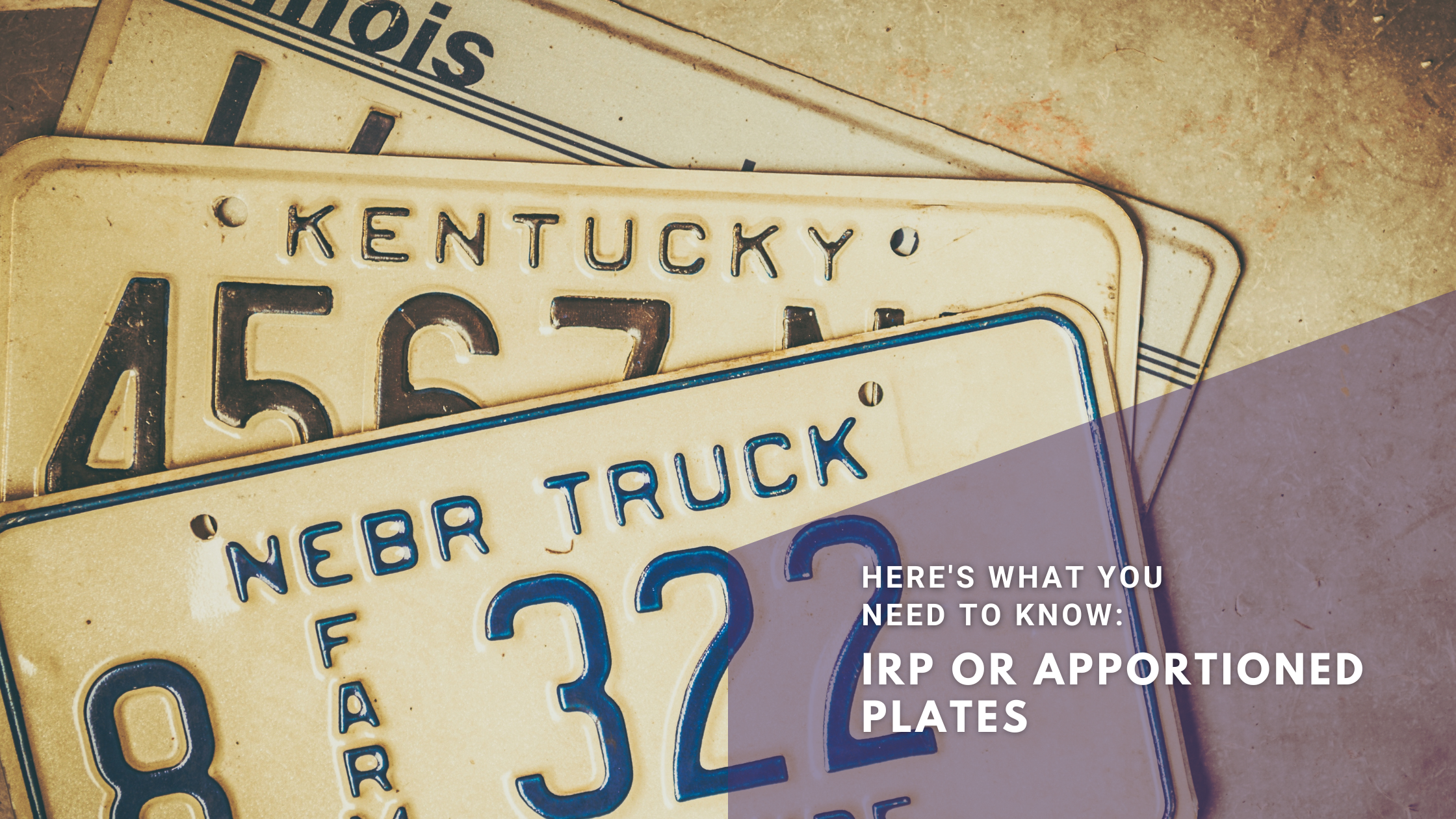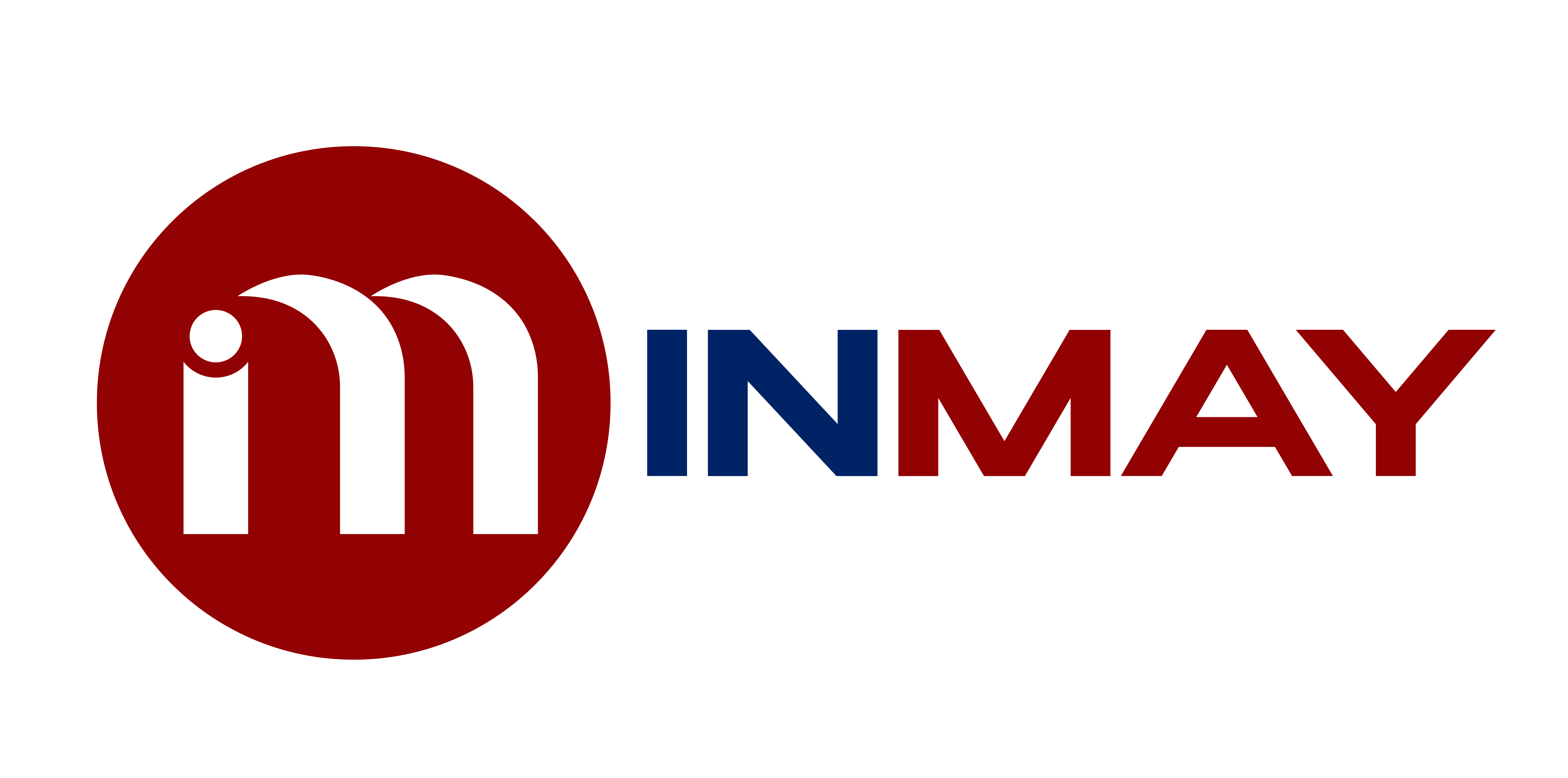
IRP or Apportioned Plates: Here’s what you need to know
Not sure if you should get Apportioned Plates or just not familiar with IRP? This is the answer that will clear all your questions about them.
Just like our personal vehicles, getting plates for your truck is a requirement and a process you will have to do if you are a carrier. But this isn’t the same as how we do it when we get plates for our cars or motorcycles. So, to not make things any more complicated we compiled everything that you need to know about the International Registration Plan (IRP) commonly referred to as Apportioned Plates. Just sit back and relax, we’ve got the bases covered for you.
First, what is IRP?
IRP stands for International Registration Plan. It is a registration reciprocity agreement (something like a treaty) among the contiguous United States (Alaska and Hawaii not being included) and the provinces of Canada of Northwest Territories and Yukon.
It is a program for the purpose of licensing commercial vehicles operating among members of the jurisdictions we mentioned earlier. This makes the registration for carriers convenient by just submitting one registration instead of multiple for each and every jurisdiction they travel. This also means every licensing fee that you have to pay in every state that you run can be paid all at once to the state where you registered (your base jurisdiction) and they will be the one to do the distribution among other states.
Who needs to register?
If you operate in more than one member jurisdiction and your vehicle has a gross vehicle weight or registered gross vehicle weight of more than 26,000 pounds, then you must definitely have an IRP account.
How do you register then?
The first thing is you have to set up an account in your home state. The process will require you to fill out some forms and provide some requirements such as:
· Your Valid License or Identification card,
· Proof of Residency or Place of Business,
· Articles of Organization or DBA,
· Form 2290 (Heavy Vehicle Use Tax),
· Proof of Vehicle Ownership or Lease Agreement,
· USDOT Number,
and any more additional requirements your base state might ask for. There is some difference in the documents that you will be asked to provide so be sure to check with your state to confirm what documents and forms you might need. You can check them here by selecting your state here.
What comes after registration?
Once you register a commercial truck, you have to pay annual registration fees to your jurisdiction state. Your state calculates the fee amount based on the percentage of actual miles you run in each participating state. You can try out and calculate an estimate for yourself on this page.
Also, you will be receiving your apportioned plates along with your apportioned cab card right after registration. You should have it by contacting the state that handled your registration. In case you might need it, you can find their contact information here.
Does this article help you find what you are looking for? Let us know in the comments.



